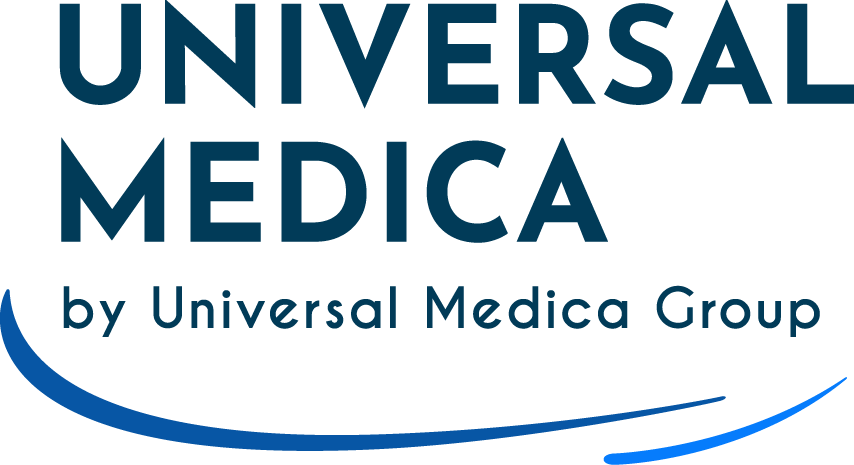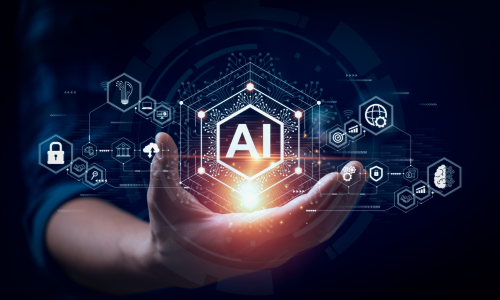Pharmacovigilance, the science of monitoring and evaluating the safety and promoting the efficacy of medicines, plays a vital role in safeguarding public health. In the ever-evolving world of pharmacovigilance, cutting-edge technologies are reshaping safety monitoring as we know it. Artificial Intelligence (AI) is at the forefront of this transformation, and within AI, Gen AI (Generative Artificial Intelligence) is poised to revolutionize case processing and safety surveillance in pharmacovigilance.
Gen AI is a category of AI that focuses on using machine learning techniques to create or generate new content, data, and output, such as text, images, and audio.
By harnessing the power of AI-driven text analysis, machine learning and data mining, Gen AI is transforming pharmacovigilance processes, making them faster, more efficient and more accurate. In this article, we’ll explore how Generative AI is revolutionizing pharmacovigilance.
Understanding Generative AI in Pharmacovigilance
Generative AI is designed to understand and generate human-like text based on patterns and information learned from large data sets. In pharmacovigilance, generative AI is mainly used in natural language processing (NLP) and machine learning applications.
Natural language processing (NLP) engines can understand and interpret human language and extract critical information from a variety of sources, including electronic health records, social media, medical literature and spontaneous reports. Machine learning algorithms can identify patterns and potential safety concerns in adverse event data, helping experts to prioritize cases for investigation.
How Generative AI is Transforming Pharmacovigilance:
Automated Literature Review:
The volume of medical literature is growing exponentially, making it challenging for pharmacovigilance professionals to stay up to date with the latest research. Generative AI can assist by automating the process of reviewing and summarizing relevant scientific papers and clinical trials. This not only saves time but also ensures that no critical information is overlooked.
Enhanced Data Processing and Signal Detection:
One of the key areas where Generative AI shines in pharmacovigilance is in processing vast amounts of unstructured textual data. It can swiftly analyze and categorize adverse events, patient narratives, and medical reports, enabling pharmacovigilance professionals to detect potential safety signals faster and with higher accuracy. This capability significantly reduces the Manuel efforts required and leads to earlier identification of potential drug safety issues, reducing risks to patients.
Signal Triage and Prioritization:
Generative AI helps prioritize safety signals based on their severity and potential impact. It can analyze the context and patterns in adverse event reports and prioritize those that require immediate attention. This streamlines the workflow of pharmacovigilance teams, allowing them to focus on the most critical issues.
Predictive Analytics:
By analyzing historical data and identifying emerging trends, Generative AI can predict potential safety concerns and adverse events associated with specific drugs or therapies. This proactive approach allows pharmaceutical companies and regulatory authorities to take preventive measures and implement risk mitigation strategies.
Pharmacovigilance in Real-Time:
Generative AI enables pharmacovigilance to transition from periodic reporting to real-time monitoring. By continuously analyzing data from various sources, including social media and patient forums, it can rapidly detect safety concerns as they arise, allowing for quicker responses and interventions.
Challenges and Considerations:
While Generative AI holds immense potential in pharmacovigilance, there are challenges to overcome. These include data quality issues, potential biases in AI models, and the need for rigorous validation and regulatory compliance. Additionally, the human factor remains essential in interpreting AI-generated insights and making informed decisions.
Overall, the future of pharmacovigilance with Gen AI promises safer medical products and improved public health outcomes. However, it’s crucial to strike a balance between AI-driven automation and human expertise to maintain regulatory compliance and uphold patient safety standards.
To maintain our commitment to delivering top-quality services to our valued clients, our teams remain vigilant in monitoring emerging technologies. This proactive approach allows us to pinpoint and evaluate innovative solutions that have the potential to streamline our processes, accelerate delivery times, and enhance the overall efficiency of our teams in the future.




